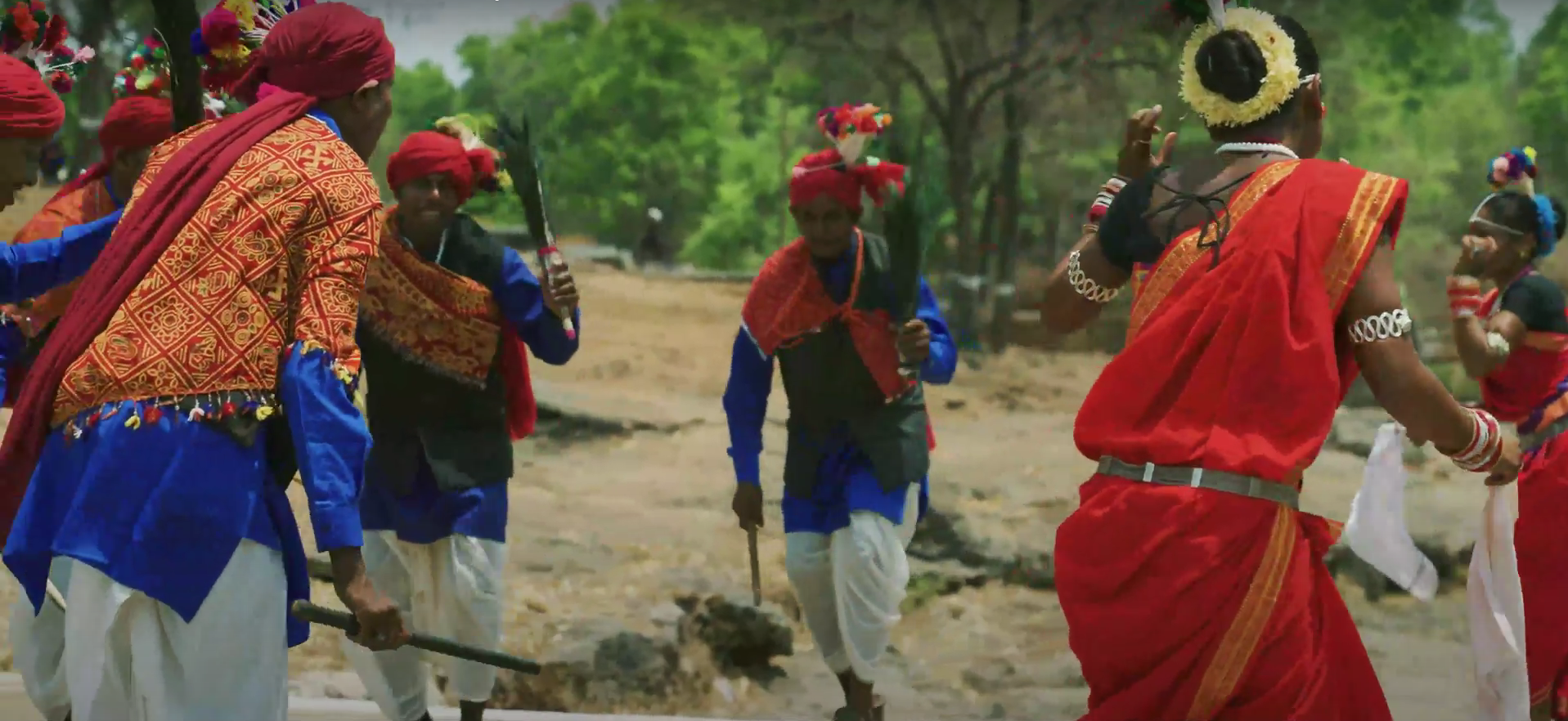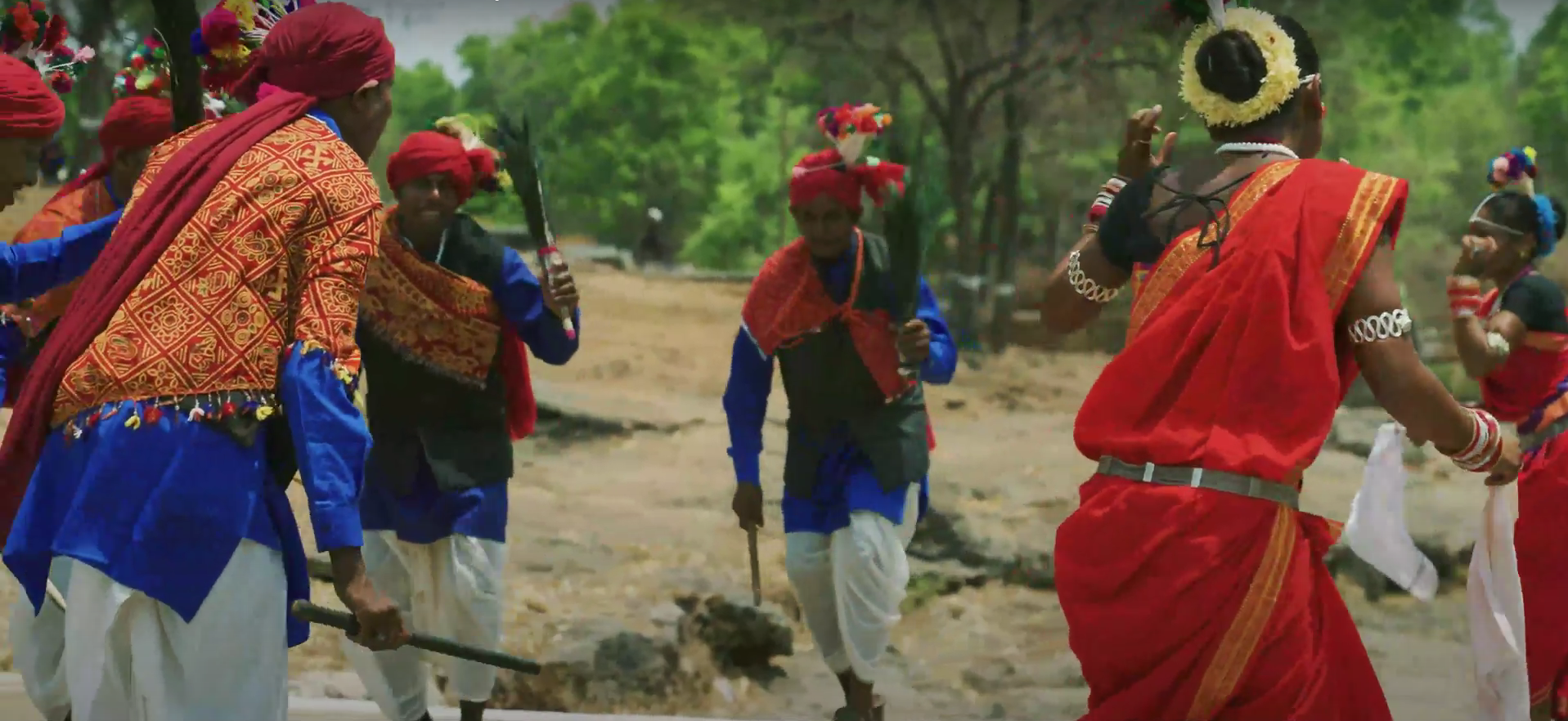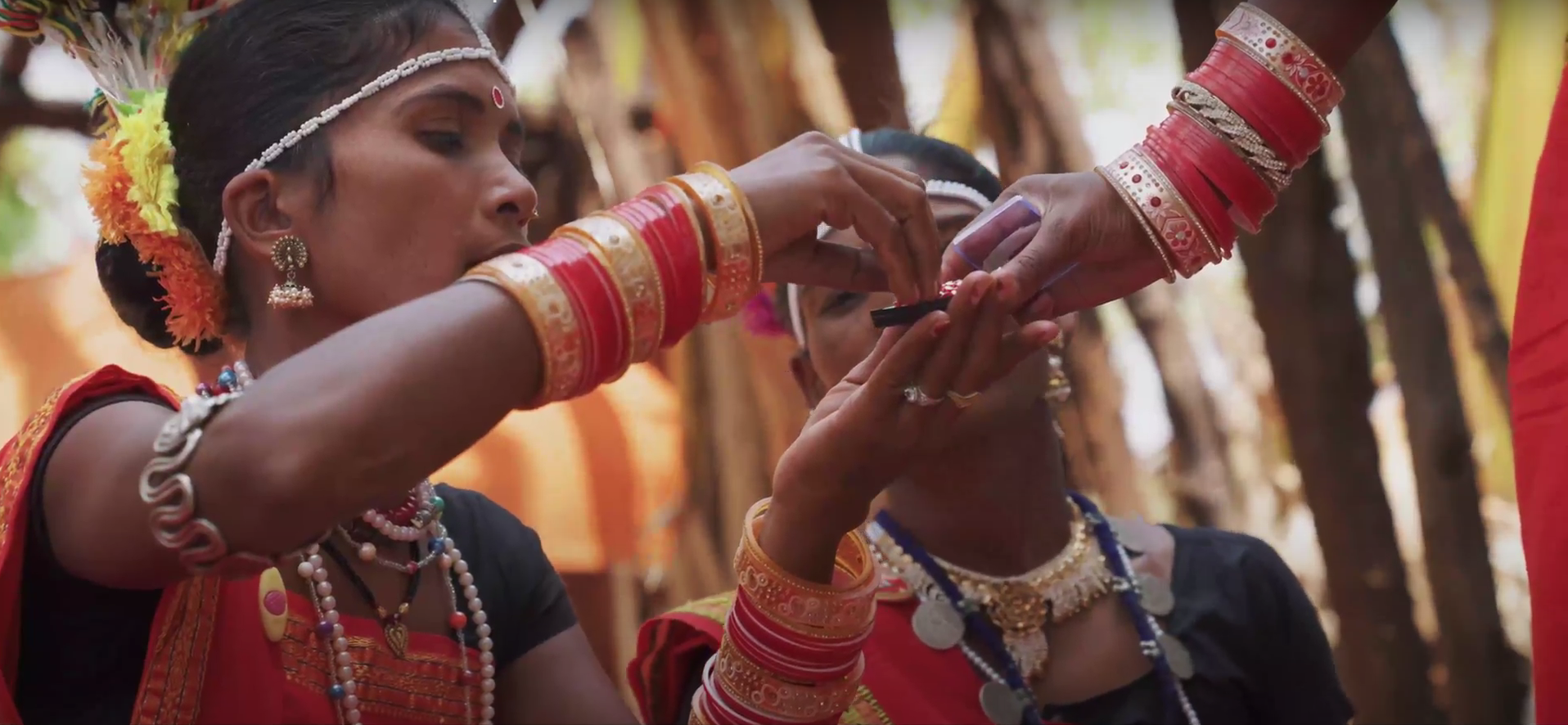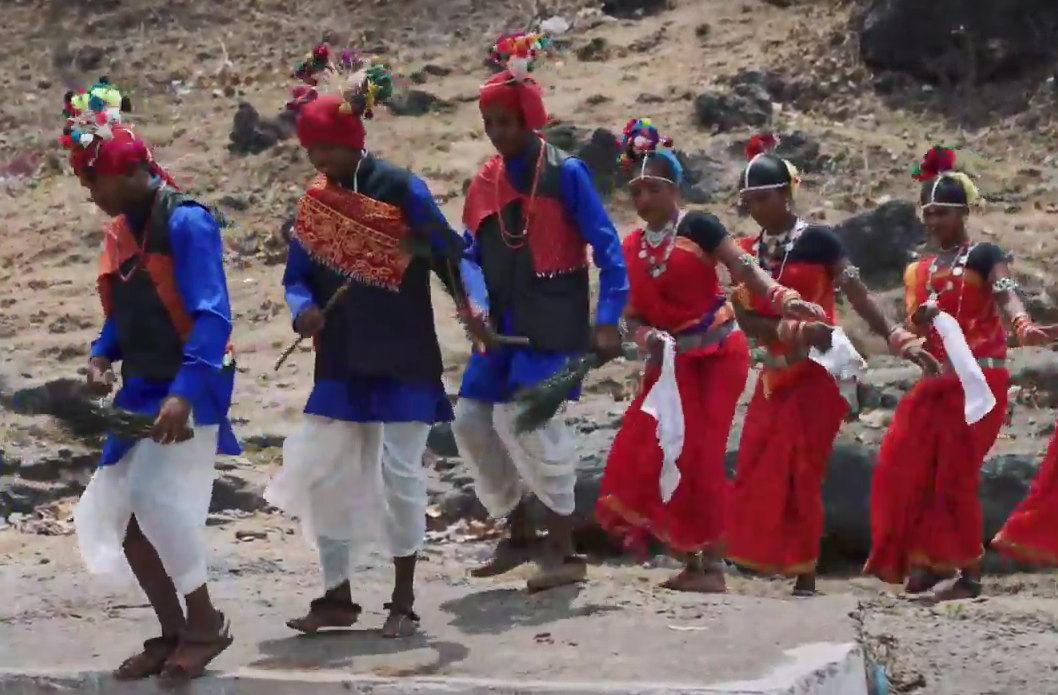
Themes
tribal dance
KARMA DANCE , madhya pradesh

Celebrating the "Karma" or "Karam" celebration, the Karma dancea tribal folk dance of Madhya Pradeshhas great cultural importance. It represents the worship of the Karam tree, which brings forth fertility, wealth, and good fortune. Usually following the monsoon season, the Gond and other tribes perform this dance as a communal show of appreciation for a good crop. Dance karma helps communities grow closer and links individuals to their environment.

Particularly in Madhya Pradesh, the Gond tribeone of the biggest tribal populations in central Indiais famed for its rich cultural legacy, art, and dance. Deeply rooted in nature, the Gonds see Karma dance as a spiritual expression of their thanks and respect for the earth. With farming as their main source of income, they live peacefully with nature and keep their traditional customs, such dancing like Karma that show their devotion to natural elements.

Reflecting the great history of the Gond tribe, the colorful and traditional attire used during the Karma Dance, Women often wear vivid colored saris and decorate themselves with traditional jewelry made from beads, shells, or silver, therefore improving the visual attractiveness of the dance. Men sometimes adorn themselves with ornaments and wear dhitis. These costumes and jewels represent the pride and identity of the community, hence producing an immersive and vibrant experience that brings out the tribal look.

Often including folk melodies that relate tales of daily life, nature, or spiritual ideas, the Karma dance music is energetic and rhythmic. Sung by both men and women, these songs provide an engaging environment where dancers react to the rhythms and melodies with smooth, synchronized movement. Deeply rooted in the Gond people's musical heritage, the performance's emotional impact is enhanced by the music, hence it becomes a cultural and artistic celebration.

Leading the rhythm are the Timki (a percussion instrument) and the Mandar (a kind of drum), both of which are indispensable for the Karma dance. Often accompanied with these instruments are regional percussive tools or wooden flutes that provide distinct levels to the composition. The instruments create a pulsating beat that drives the dance, allowing the performers to connect with each other and the audience in a communal expression of joy, unity, and devotion to nature.

